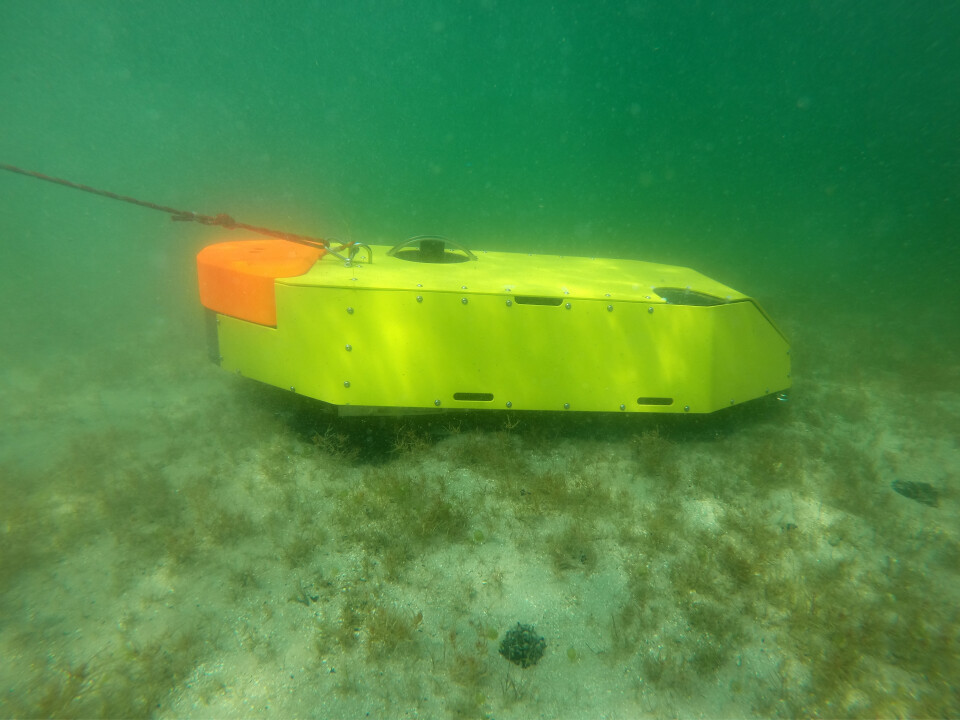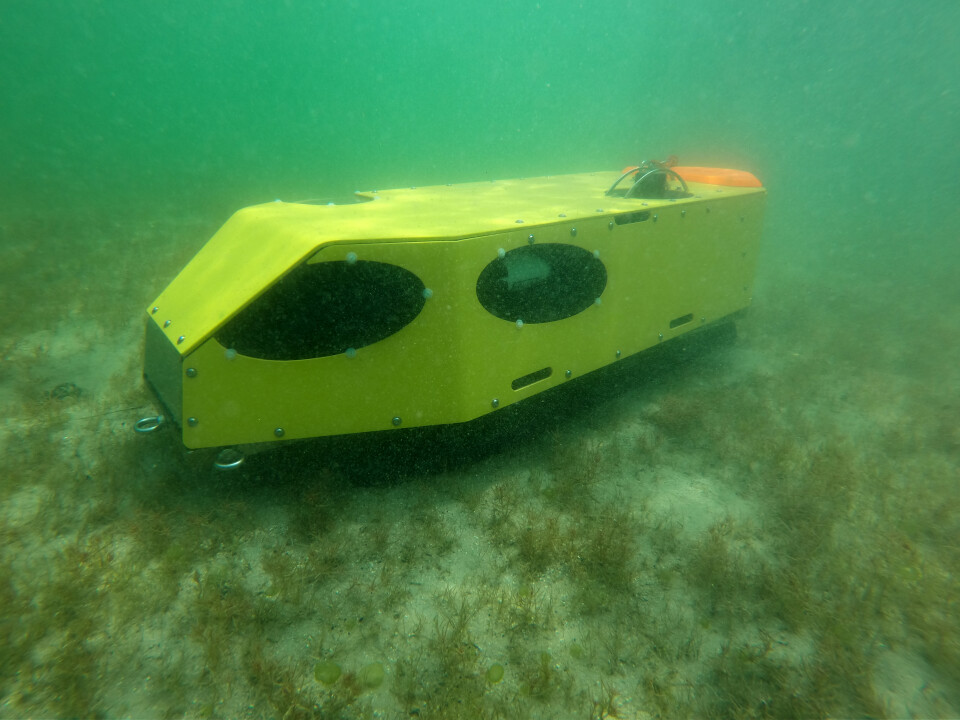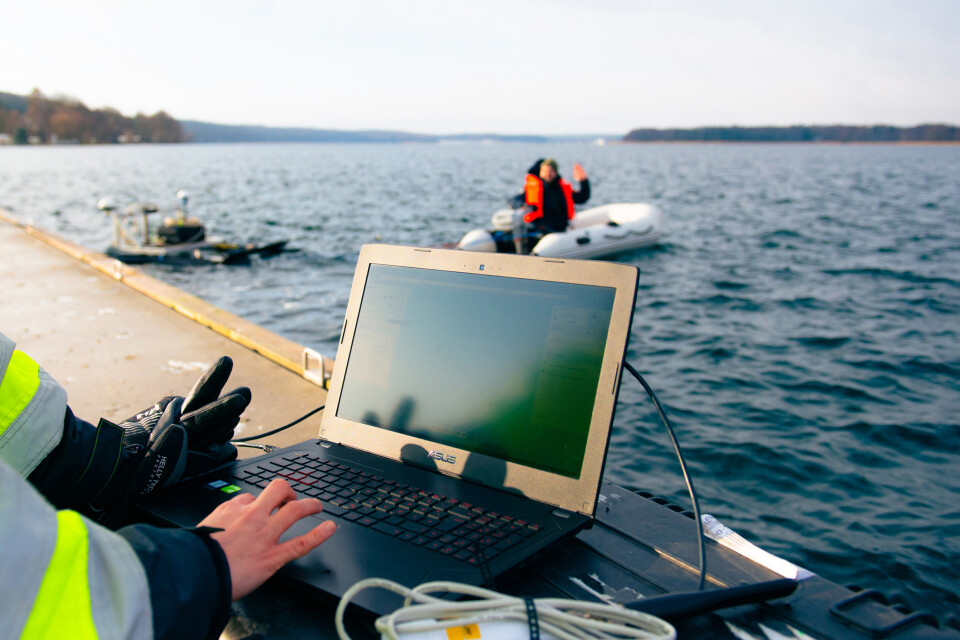
River monitoring network in Northern Germany - a case study
Monitoring the ecology of rivers is becoming increasingly important.
In July 2022, an environmental disaster hit the Oder river, a vital waterway for both Poland and Germany. The mass die-off of fish triggered an extensive investigation into the possible causes, but could this tragedy be prevented?
Early detection enables rapid feedback and effective countermeasures, so developing modern sensor networks for water quality monitoring is a critical element for the assessment, protection, and restoration of aquatic ecosystems.
In case of potential issues, a real-time monitoring network allows to ascertain the extent of quality degradation and to develop the appropriate response before the issues grow into larger problems.
EvoLogics offers a wireless low-maintenance monitoring network for tracking water parameters near industrial sites, and overview the future outlook of such systems and their potential uses.
The Problem
Our mining industry client is using the live data from such a system to measure the impact of their wastewater releases into a river in Northern Germany. Several water parameters had to be measured with real-time remote access to the data. Other requirements were the ease of deployment and low maintenance without engaging divers.
The Solution - System Overview
The monitoring network developed by EvoLogics is a number of autonomous underwater sensor stations on the riverbed, each paired with a buoy on the surface.

The water-filled riverbed station carries a number of sensors, tailored for the client’s particular needs: a CTD multiparameter probe measures water conductivity (to estimate the salt content), temperature and depth, and an ADCP (acoustic Doppler current profiler) tracks the water current velocity. The station is equipped with an EvoLogics underwater acoustic modem for wireless transfers of the sensor data to the surface buoy, and powered with a high-capacity underwater battery.
The battery-powered buoy is a platform for the communication equipment: it carries GNSS, WiFi and LTE antennas for connection to the client’s central server, as well as an underwater acoustic modem for retrieving sensor data from the riverbed station. The system is thus completely cable-free.
System operation
Optimal locations for station placements and the frequency of data sampling was established together with hydrographic survey providers, service partners of the client’s project.

The stations are spaced out along the river downstream from the plant, with one station placed upstream for taking control samples. Thus, small differences in water parameters from one station to the next further downstream are tracked.
Available water quality data allows to manage the plant’s discharge: in low waters with high concentrations of pollutants the output is reduced, whereas high water levels and strong currents allow to safely increase the volume of discharge.
The network takes measurements at a pre-defined sampling rate and provides insights on how the plant’s scheduled discharges are processed by the river’s ecosystem. The monitoring network’s data also allows to separate the impact of a particular discharge from other sources of industrial pollution.

The riverbed station’s acoustic modem sends water quality data from the sensors to the modem on the surface buoy at pre-defined time intervals. Using LTE connection, the surface buoys transmit geo-referenced data to the client’s servers. To conserve energy, the whole system powers off between the sampling-transmission cycles: the EvoLogics modems are equipped with a so-called “wake-up” module that turns the system elements on and off into a “sleep” mode.
If for some reason the surface station can not be reached over the underwater acoustic channel, the sensors continue operation, and the data is stored onboard the riverbed station for later retrieval - no measurements are lost.
The monitoring network is cable-free and operates autonomously all year round, including the high tides when the river is filled with debris. Maintenance is required approximately once a year.

Recovery of the riverbed stations for maintenance does not require diver services: each station is fitted with a detachable float and tether. The float release is triggered by an acoustic command from the buoy, it surfaces and allows to pull up the station to the support vessel with the tether line.
The maintenance procedures include changing the batteries, inspection for corrosion or bio-fouling (accumulation of unwanted biological material), software updates, sensor calibration, and functionality testing.
EvoLogics and the service partners of the project have been operating the water monitoring network for over a year, 24/7, in various weather conditions, periods of high and low waters, as well as strong currents. The problems encountered were related to underwater dune migration near one of the stations that eventually required its recovery and repositioning. The team gained valuable experience by exploring this issue. Otherwise, the autonomous network presented no issues that called for immediate service actions.
Future outlook
River monitoring networks are proving crucial in order to effectively manage the environment. Science and business must work together to further develop and expand these systems.
Rivers can be monitored for a vast variety of metrics and properties. Research-focused systems can be designed to investigate the aspects of river hydrology and water quality to provide a better understanding of human impact. Examples of commercial applications are systems designed to monitor the industrial impact, such as monitoring turbidity during a dredging project, discharge and flow rates at a fish hatchery, or nutrient loads near an agricultural operation. A water monitoring network is also necessary for tracking the progress of ecological restoration efforts.
Whatever the nature of the application, the overviewed autonomous monitoring network can be easily adapted for various scientific or commercial activities - the riverbed station can include any sensors required for tracking a particular set of parameters.
The network also has great scalability potential: the networking features of EvoLogics modems can enable different architectures for underwater communication, where one surface buoy can receive data from several riverbed stations, or from multiple standalone sensors interfaced with underwater acoustic modems.
Moreover, monitoring stations can be equipped with underwater imaging sonars and/or cameras, and enhanced with neural network modules with object recognition. Objects in sonar or camera image/video feed can be automatically recognized, for example, to count or categorize them, opening up new opportunities for employing the network.
To summarize, a scalable multi-instrumental river monitoring network that provides multidimensional information about the quality of water can be a versatile tool for assessing the ecological status of the area. EvoLogics are looking into further development of the concept for future and ongoing projects.
On April 18-20, the team will happily discuss the system and the company’s latest updates at Ocean Business 2023 in Southampton, UK - stand M4.
Do you have questions about this case study?
Get in touch with EvoLogics, and they would be happy to answer any questions you have about pricing, suitability, availability, specs, etc.








![Do-Giant-Tortoises-Make-Good-Neighbors-1[1].jpg](https://cdn.geo-matching.com/vRMO2Edp.jpg?w=320&s=a6108b2726133ff723670b57bc54c812)



